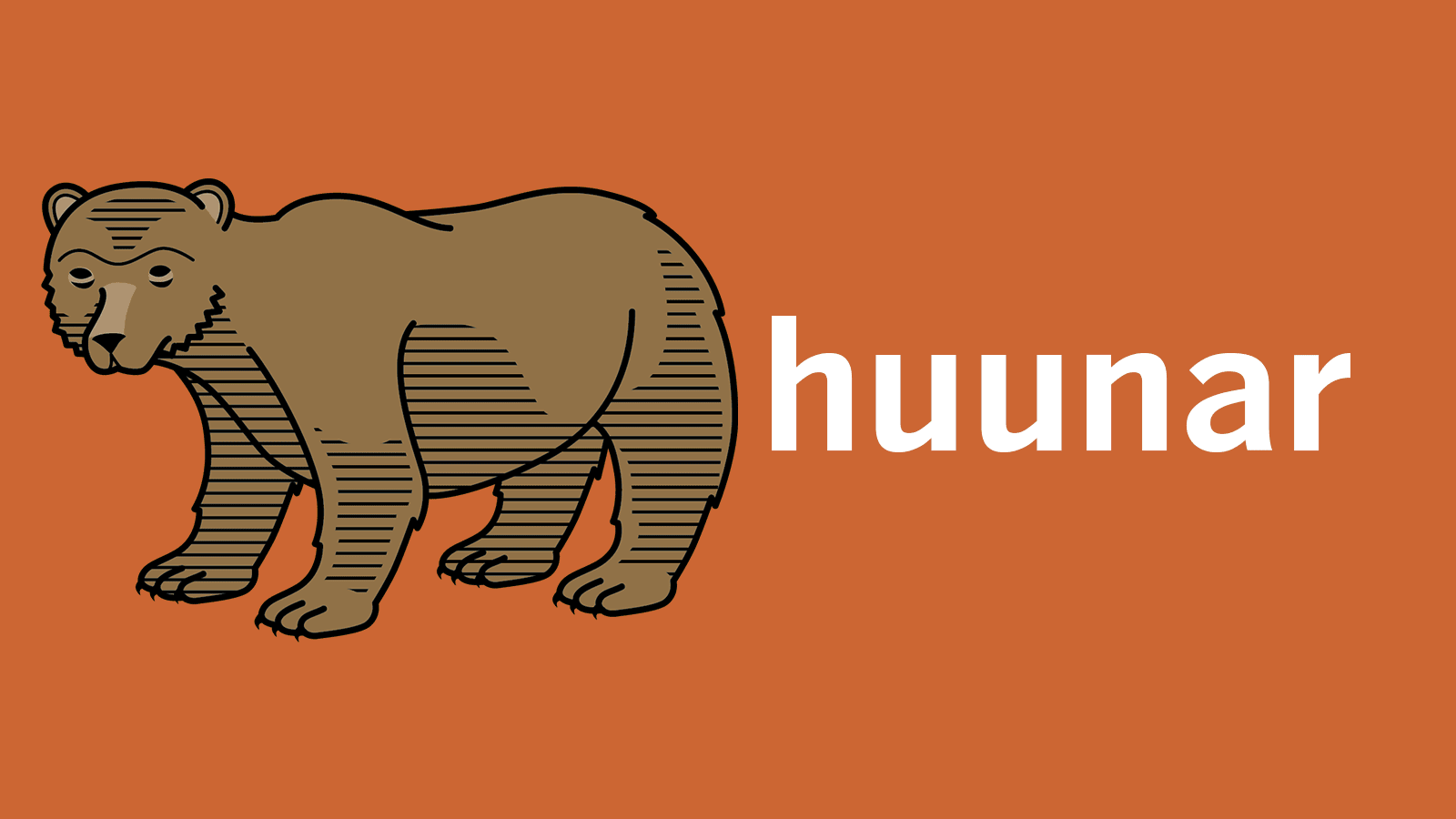
Mapping the Tongva villages of L.A.’s past
From the mountains to the sea
Long before the development of Los Angeles, with its freeways and suburbs, Southern California was known for its grasslands, estuaries and oak-covered foothills.
Tovaangar
The original people of Los Angeles, the Tongva, defined their world as Tovaangar. It extended from Palos Verdes to San Bernardino, from Saddleback Mountain to the San Fernando Valley.
A land of villages
Tovaangar supported about 5,000 people in nearly 100 villages. Each village was independent and interconnected. Baptismal records from the Spanish missions collected by the Early California Cultural Atlas project suggest the size of each village, represented in orange.
Povuu'nga
The village Povuu'nga in east Long Beach was the “place of emergence,” where the Tongva believed their world and their lives began. It is considered a sacred site.
Shevaanga
The village Shevaanga was north of Whittier Narrows, close to the second location of Mission San Gabriel (the original site was abandoned after flooding). The Spanish were the first to encounter the Tongva, whom they called Gabrieliños.
Yaanga
The village Yaanga near downtown Los Angeles is believed to have been the largest of the Tongva villages. Just west of the Los Angeles River, Yaanga now lies beneath the 101 Freeway.
Pimu
Santa Catalina Island, or Pimu, was valued by the Tongva for its natural resources. It was an important ceremonial center connected to Povuu'nga.
San Fernando Valley
On the western edge of Tovaangar, the Valley was at the crossroads of cultures and languages, including Tongva, Fernandeño and Chumash.
Koruuvanga
The village Koruuvanga in West Los Angeles was the site of a spring that still flows and is maintained by the Gabrieliño/Tongva Springs Foundation.
Resettlement
Between 1769 and 1840, Tovaangar was irrevocably changed. The arrival of the Spanish — with disease, invasive species and livestock — upended the ecological balance of the region and forced the Tongva to resettle around the three missions.
Echoes of the past
Despite the loss of these villages, place names in Los Angeles still reflect the region’s heritage. Topanga, Cahuenga and Azusa are from Tongva words; Tujunga and Pacoima from Fernandeño; and Cucamonga, Serrano.
Recovering past
This map of Tovaangar draws upon the work of a number of scholars, including Steven Hackel, Stephen O’Neil, Nat Zappia and Jeanette Zerneke, whose Early California Cultural Atlas, a spatial-history project funded by the National Endowment for the Humanities, and Early California Population Project, developed by the Huntington Library, are essential resources.
Additional programming by Ellis Simani. Lead image courtesy of the Los Angeles Public Library.
